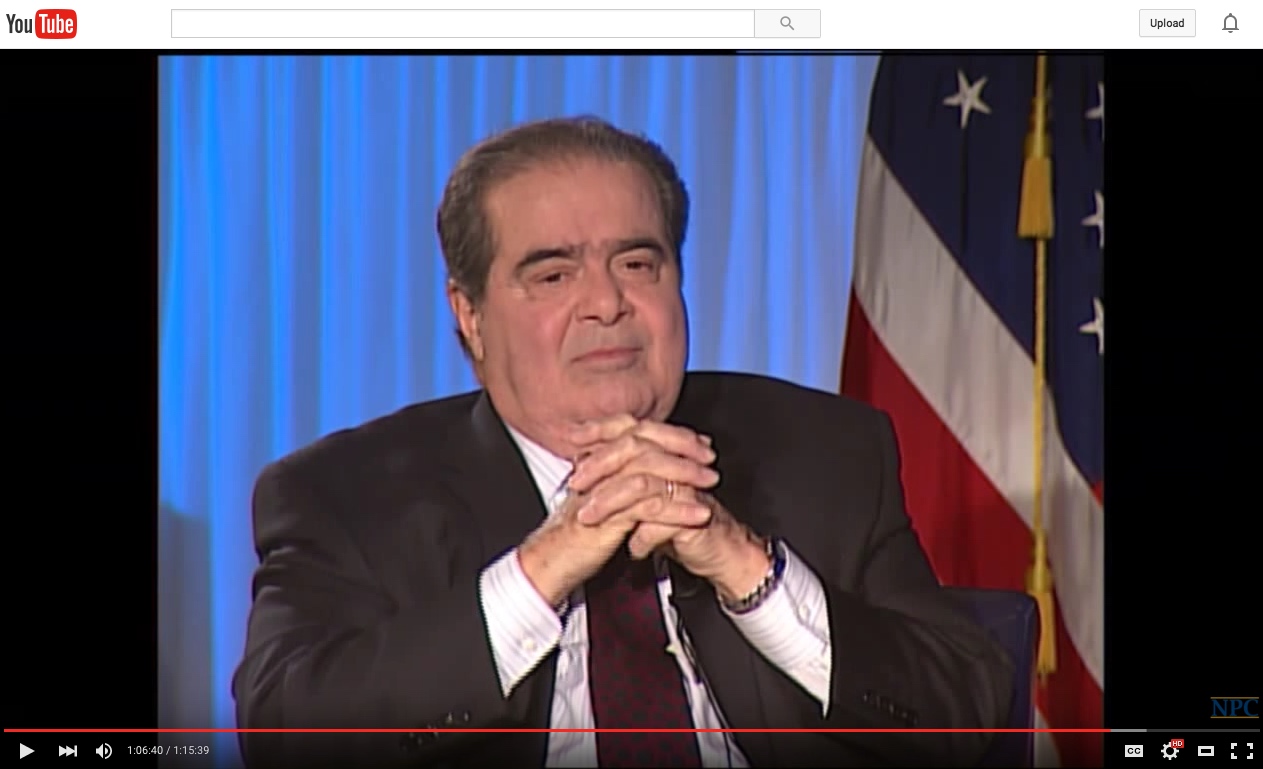February 27, 2016
The US federal government debt is now $19 trillion, having risen over a trillion each year of the Obama administration
Ponzi scheme: criminal fraud of paying existing “investors” only and always from new “investors.” Collapse occurs without new “investors” and/or existing “investors” panic to cash-in.
The US Federal Reserve is based on the 1694-created Bank of Englandbecause this model allows government finance with debt that is never meant to be repaid. It is an “investment” model that pays interest guaranteed through tax collection. Its invention was to finance England’s government and military in a history of continuous centuries of war.
It’s cleverness allowed British finance to fund a short-term empire over rival European powers.
Although we can appreciate this historical manipulation, this is a Ponzi scheme because the system collapses without new “investors” of government debt securities.
This Ponzi scheme model is our US Federal Reserve System today:
- not “US Federal” but admitted privately-owned,
- without “Reserve” other than creating what is used for money out of nothing,
- not a “System” but literal criminal fraud.
US Treasury securities of bills, notes, and bonds continuously mature and must be repaid if the owner chooses to cash-in rather than renew the debt security. The US federal government debt is now $19 trillion, having risen over a trillion each year of the Obama administration.
This amount of total debt compared with ~100 million US households means that the average US household of ~$50,000 annual income owes ~$190,000 each should investors withdraw from this US government funding scheme. If your household income is more than $50,000, then use this ratio to estimate your share for repayment; for example, a $150,000 annual family income would owe $570,000 if US Treasury holders requested repayment rather than continue rolling-over their loans to the US government.
Obviously, this system is at risk to at least devalue family’s existing savings to the degree the public reverses considering this Ponzi scheme as a “wise investment strategy.”
The great news is that the top three benefits each of monetary reform andpublic banking total ~$1,000,000 for the average American household, and would be received nearly-instantly.
Please read the above sentence a second time, then verify the following factual claims to confirm its objective accuracy.
Monetary reform is the creation of debt-free money by government for the direct payment of public goods and services. Creating money as a positive number is an obvious move from our existing Robber Baron-era system of only creating debt owed to privately-owned banks (a negative number) as what we use for money. Our Orwellian “non-monetary supply” of adding negative numbers forever causes today’s tragic-comic increasing and unpayable total debt. You learned these mechanics of positive and negative numbers in middle school, and already have the education and life experience to conclude with Emperor’s New Clothes absolute certainty that accelerating total debt is the opposite of having money. As a National Board Certified and Advanced Placement Macroeconomics teacher, I affirm this is also exactly what is taught to all economics students.
The public benefits of reversing this creature of Robber Barons are game-changing and nearly-instant. We the People must demand these, as .01% oligarchs have no safe way to do so without admission of literal criminal fraud by claiming that debt is its opposite of money.
The top 3 game-changing benefits of monetary reform:
- We pay the national debt in proportion to removing private banks’ ability to create what we use for money as debt in order to prevent inflation. We retire national debt forever.
- We fully fund infrastructure that returns more economic output than investment cost for triple upgrades: the best infrastructure we can imagine, up to full-employment, and lower overall costs.
- We stop the ongoing Robber Barons who McKinsey’s Chief Economist documents having ~$30 TRILLION in tax havens, and the Fed finding the US top seven banks creating shell companies to hide $10 trillion. This amount is about 30 times needed to end all global poverty, which has killed more people since 1995 than all wars and violence in all human history.
Public banking creates at-cost and in-house credit to pay for public goods and services without the expense and for-profit interest of selling debt-securities. North Dakota has a public bank for at-cost credit that results in it being the only state with annual increasing surpluses rather than deficits.
Top 3 game-changing benefits of public banking:
- a state-owned bank could abundantly fund all state programs and eliminate all taxes with just a 5% mortgage and credit card.
- a state-owned bank could create in-house and at-cost credit to fund infrastructure. This cuts nominal costs in half because, as you know, selling debt securities typically doubles the cost. For example, where I live we’re still dismantling the old Bay Bridge in NoCal from the upgrade that cost $6 billion, but the debt-service costs will add another $6 billion when it’s all paid.
- CAFRs (Comprehensive Annual Financial Reports) stash “rainy day” funds no longer required with a credit line from a public bank. In addition, the so-called “retirement funds” currently deliver net returns of just a few percent on good years, and negative returns on bad years (here, here). California’s ~14,000 various government entities’ CAFRs have a sampled-data total estimate of $8 trillion in surplus taxpayer assets ($650,000 non-disclosed assets per household, among California’s ~12.5 million households).
- Read the entire article





